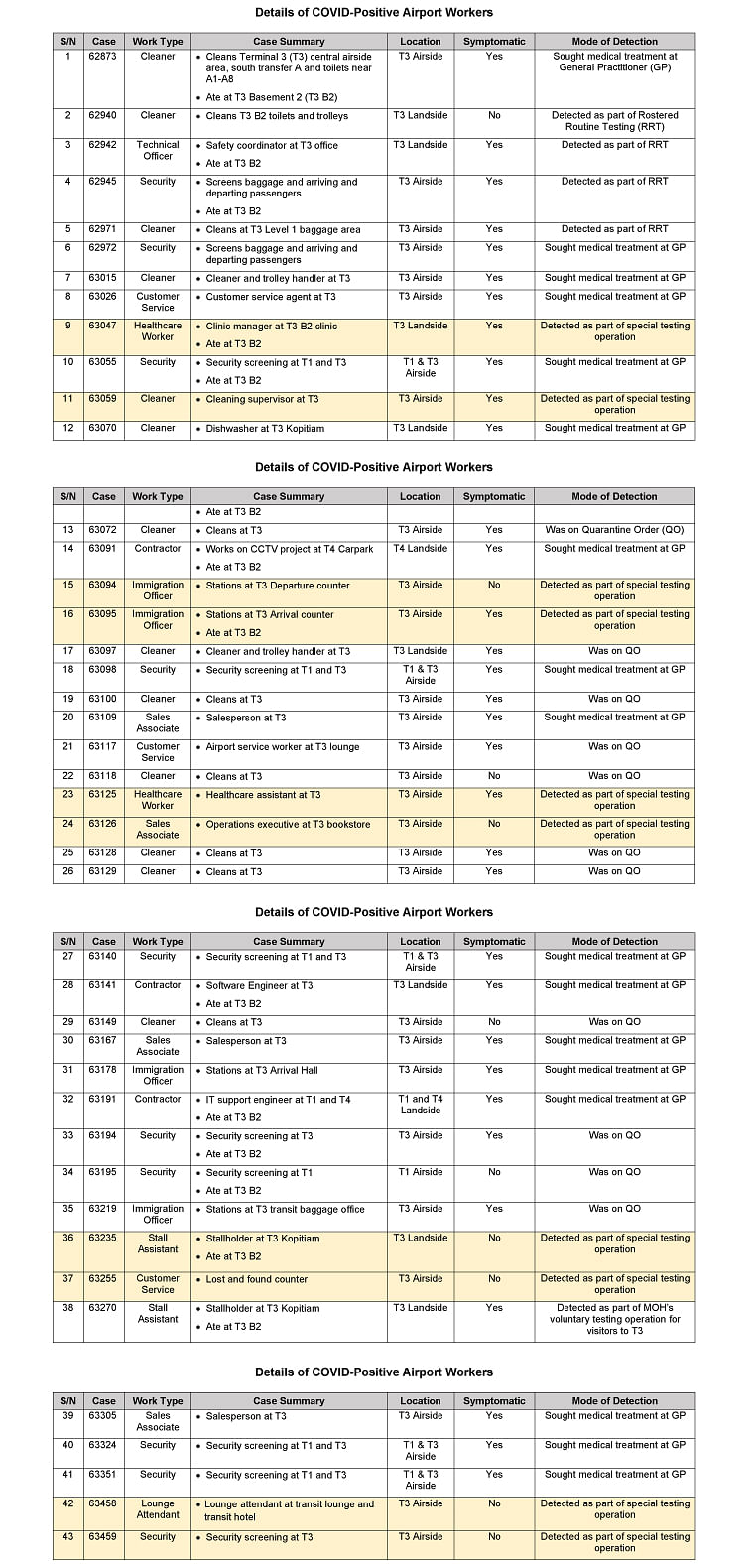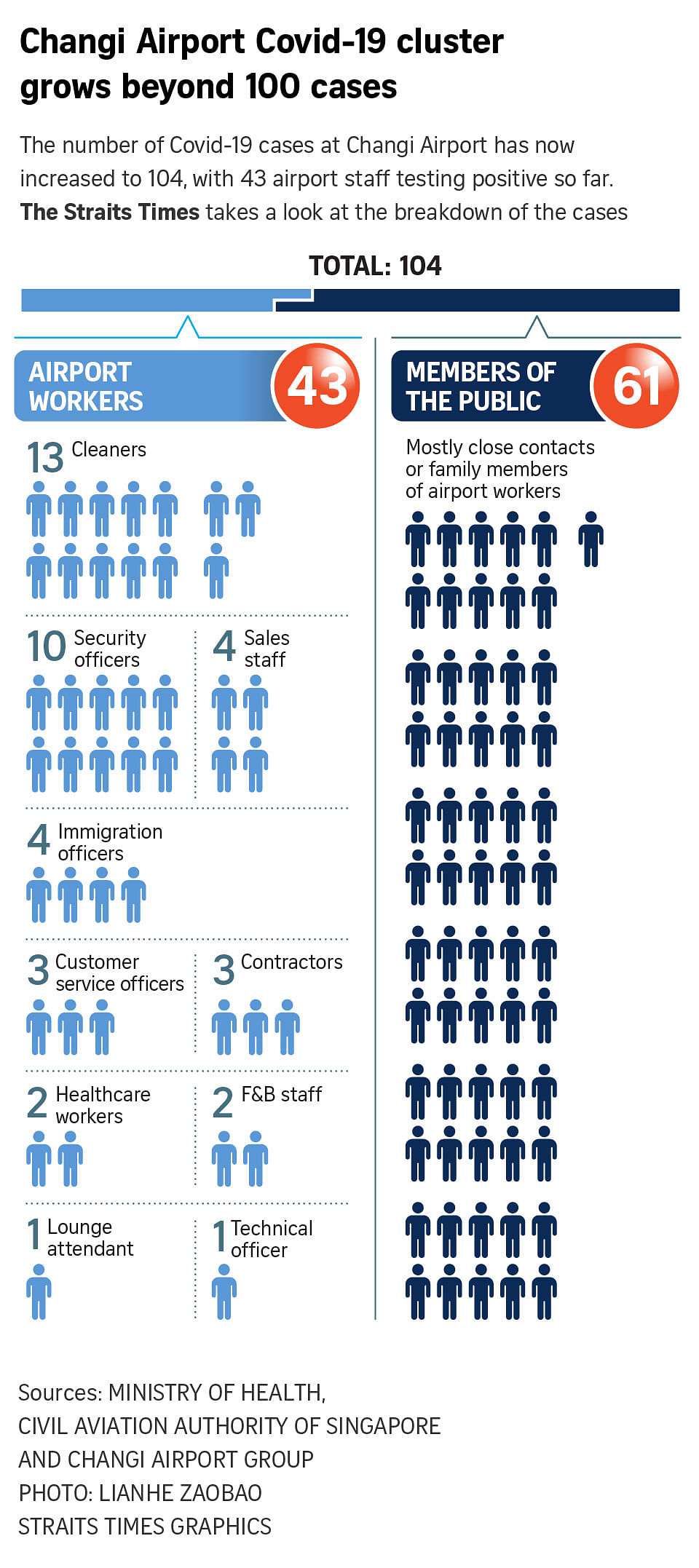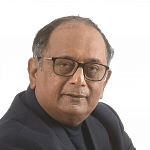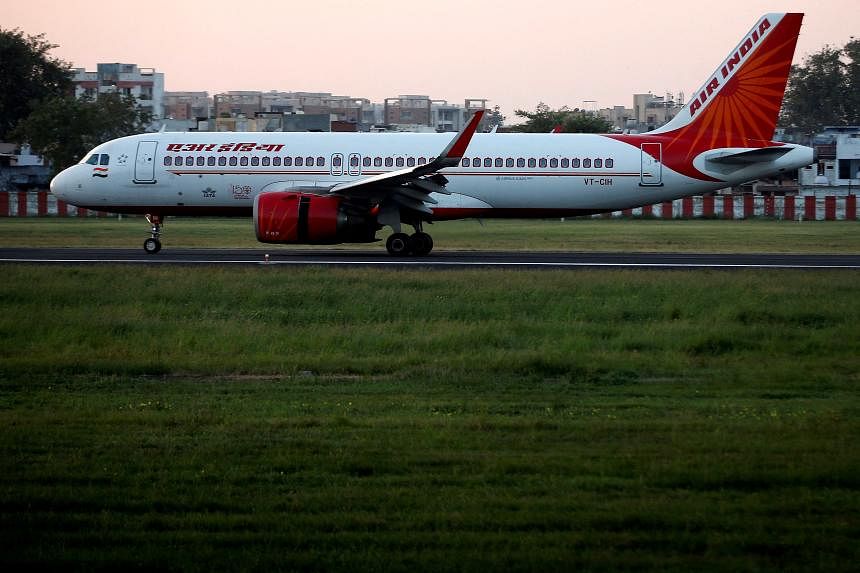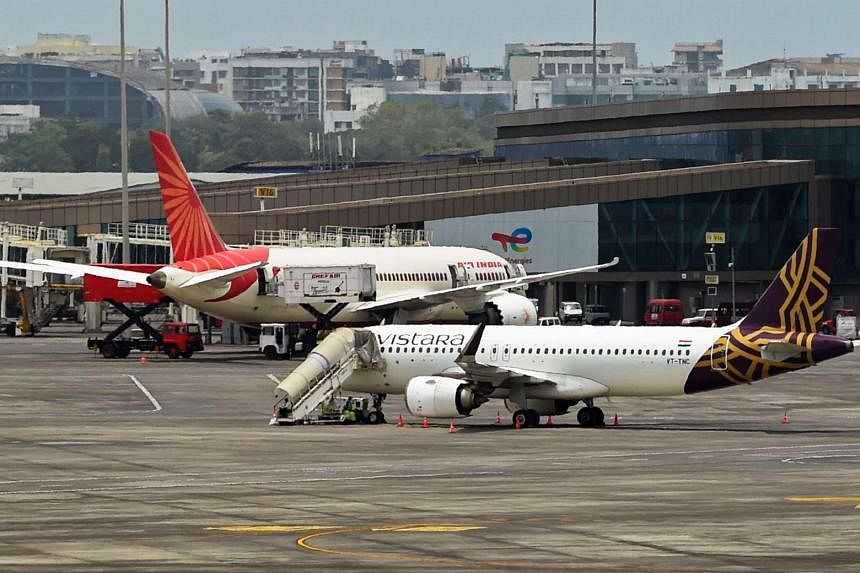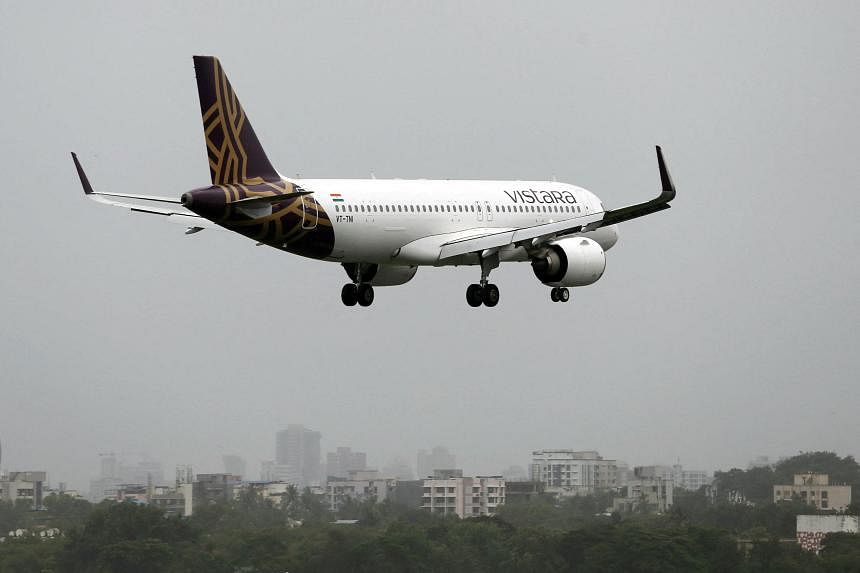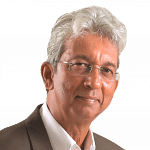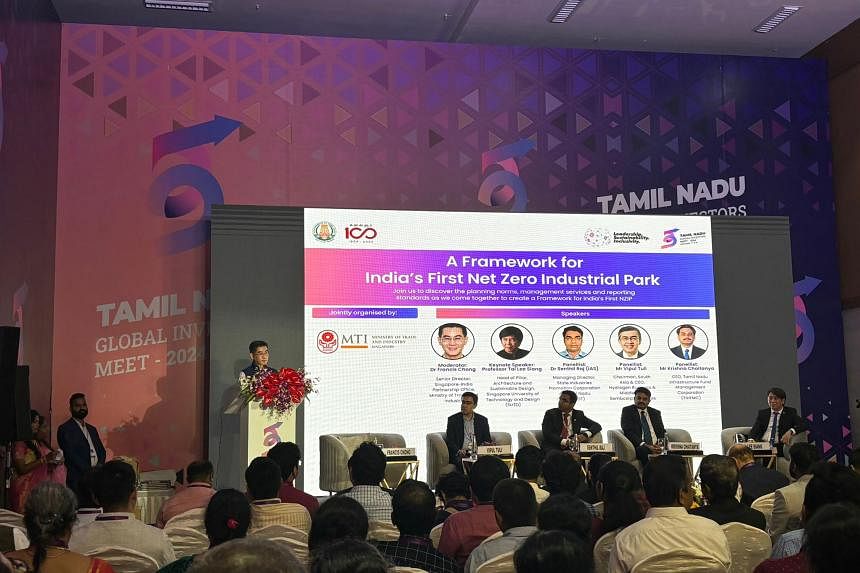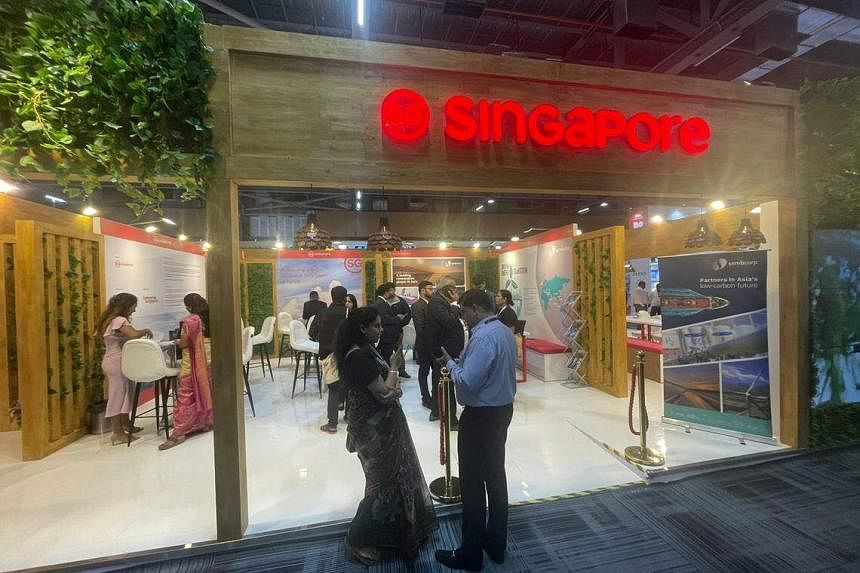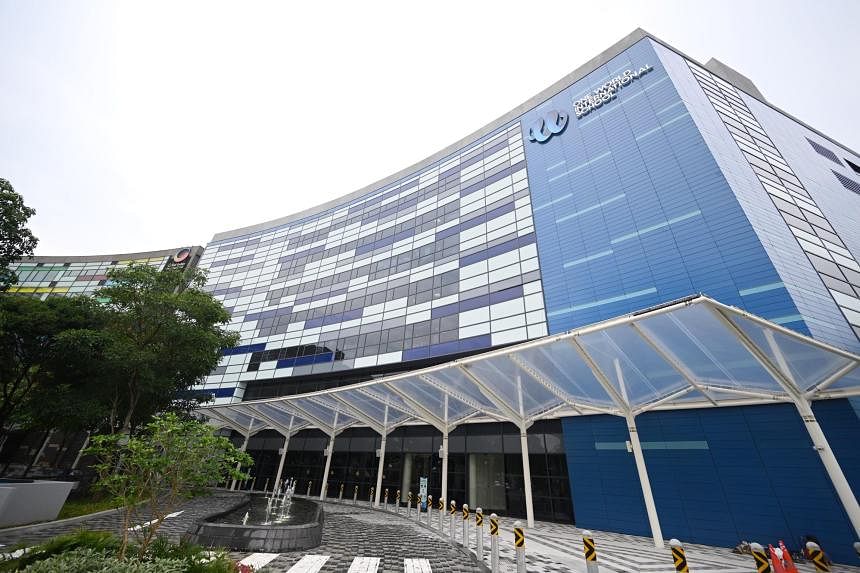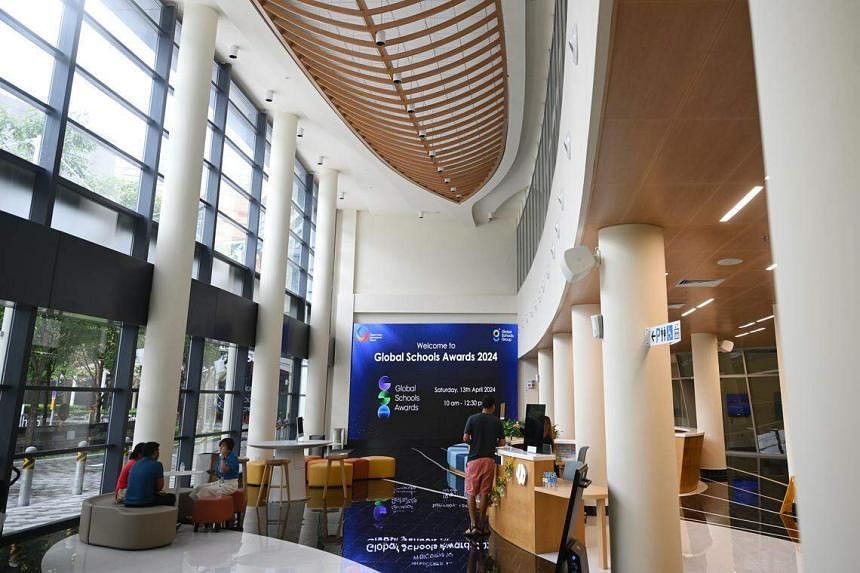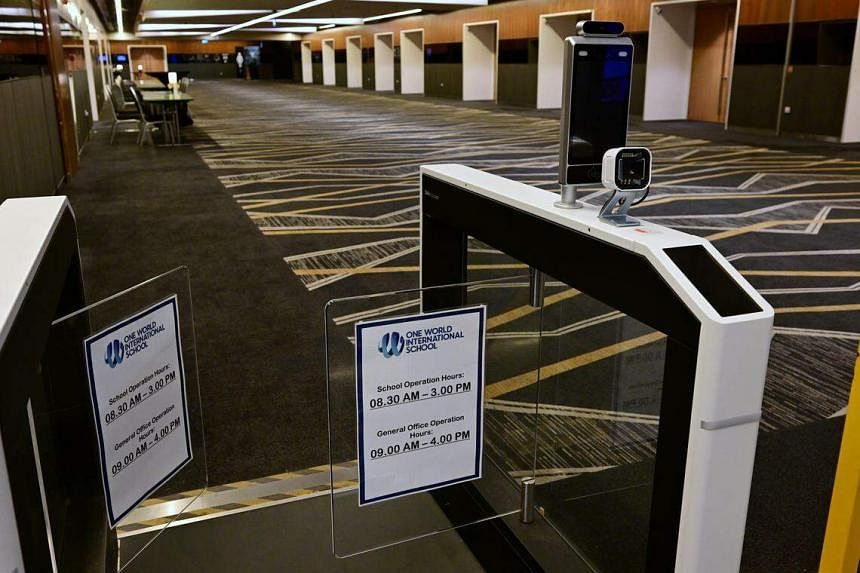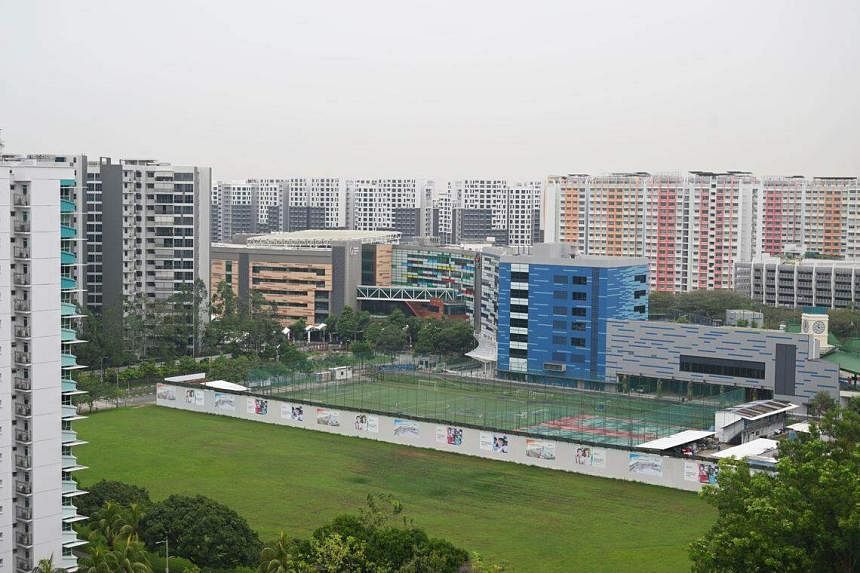Beyond aviation, India has more to offer Singapore as engine of growth
The SIA-Tata deal highlights the unmatched access Singapore has to the vast Indian market, with more opportunities to be tapped in areas like infrastructure and education.
Ravi Velloor
Associate Editor
The SIA-Tata deal over Air India helps Singapore access the world’s fastest-growing aviation market. PHOTO: REUTERS
DEC 8, 2022
Perhaps it was appropriate that the formal announcement of
Singapore Airlines (SIA) taking a quarter stake in former Indian aviation titan Air India should have come just as the Singapore Armed Forces concluded its fortnight-long artillery exercise in that country.
Initiated in 2004, Exercise Agni Warrior 2022 featured live-firing that saw the SAF deploy its 155mm light howitzers and the Indians rolling out their own field howitzers. The SAF also does regular armoured and air force training in India, as well as maritime exercises with it.
But all that happens out of sight of the public eye. Security, though, comes in multiple dimensions, and for most of us it is economic security that floats to the top of consciousness.
So, the SIA-Tata deal over Air India, which helps Singapore access the world’s fastest-growing aviation market, reassuringly highlights the unmatched access the Republic now has to the world’s fifth-biggest economy. By some forecasts, it is poised to be No. 3 within a few years.
This access is not to be sneezed at.
Under Prime Minister Narendra Modi, India has proved to be a highly picky granter of market access. It
pulled out of the Asean-promoted Regional Comprehensive Economic Partnership, but then gave Australia and the United Arab Emirates (UAE) – and soon the entire Gulf Cooperation Council states, home to a vast Indian diaspora – enhanced market access. Canberra and New Delhi form half of the Quad group, which also includes the United States and Japan. The UAE is a comprehensive economic partner.
More than just planes
A quick enumeration of Singapore’s most visible companies in India shows how much the Republic has travelled with the South Asian giant.
DBS Group now has an India-wide footprint, especially in fast-growing southern India, after
it bought and amalgamated Lakshmi Vilas Bank on the prodding of the Indian central bank. So does CapitaLand, with its office space and data centre offerings that are getting more critical by the day as the world digitalises, and relies ever more on Indian talent to do that.
Singtel owns about 30 per cent of India’s No. 2 telecom service provider, Bharti group’s Airtel. Singapore-designed buildings are springing up across the vast nation.
All put together, it is a comfort to have access to an Asean-size economy whose every key node is within a five-hour travelling radius of Singapore.
South-east Asia and India
All the more since China’s giant economy, tagged by an ageing population, Covid-19-related disruptions and a geopolitical squeeze,
is wheezing a mite.
It is not that Singapore’s immediate South-east Asian neighbourhood is doing too badly. Vietnam and Malaysia, particularly, have gained from Western and Chinese companies moving more production to these countries as a hedge against geopolitics-related disruptions, as well as mounting costs in China. Entrepreneurship is thriving. The region now has about 40 unicorns, companies with valuations of more than US$1 billion (S$1.36 billion).
It is just that from both the business and geopolitical perspectives, there is merit in spreading the risks geographically and expanding the potential for growth.
MORE ON THIS TOPIC
Does Singapore Airlines need to invest in Air India?
SIA’s Air India deal comes with some risks, but bigger opportunities
In geostrategic terms both Asean and India are quite wary of getting entangled in Big Power blocs, and try to tread a middle path. In Asean capitals, as in New Delhi, the overwhelming priority is to somehow not get caught in the middle if fraught US-China ties further deteriorate.
So, the bite-sized chunk of Air India that SIA is taking in return for handing over its stake in Vistara, and some additional money, is probably the right approach in risk-reward terms.
With some careful planning Singapore should next be able to tap India’s entrepreneurial frenzy, its growing appetite for healthcare services and its push to build smart cities.
Even as some valuations have come off amid the tech crunch,
India has an estimated 108 unicorns – more than twice the number in South-east Asia – and key global investors are watching, and participating in, its impressive progress towards building a digital-based economy.
What’s more, anecdotal evidence suggests that
Indian start-ups are increasingly eyeing South-east Asia because of the intensity of home competition and better margins on offer in the region. Conversely, South-east Asian companies find India useful to build scale.
So, there is a fit and Singapore gets to play in two vast neighbourhoods – India and South-east Asia – with a total of 150 unicorns and counting.
ST ILLUSTRATION: MANNY FRANCISCO
The Modi government’s emphasis on renewable energy and a future based on electric power is another vast opportunity to be tapped. This is partly why big Chinese green tech firms like Envision now base themselves in Singapore. Singapore-domiciled companies are far more acceptable in some nations, especially those with testy ties with China.
Because it is behind in the development curve, India possibly has a full decade, or even two decades of growth, before the inevitable slowdown happens. That provides an opportunity for Singapore Inc to have a measure of continuing relevance to the South Asian giant.
It should not miss this window.
At the same time, as much as one would like to talk up Asean as a promising market and investment destination, it cannot be ignored that its community-building efforts have come under considerable strain lately. These days, the Economic Community vision hardly mentions aspirations to turn into a single production base and market. Instead, it reaches for formulations such as striving for a “highly integrated economy”.
On the other hand, thanks to a nationwide goods and services tax system now in place and running efficiently as evidenced by booming tax collections, India has turned into a single common market.
Other promising areas
Meanwhile, its hunger for quality infrastructure is unabated. India hasn’t finished building airports, and ports, and cold chains. Despite some misses – as happened more than a decade ago with Delhi airport when Singapore inexplicably withdrew from the bidding – there will be opportunity. Delhi airport was ultimately completed by Fraport and Malaysia’s Eraman, with Indian partners.
There is also the matter of India’s talent pool. It is unquestionably ample, and sections of it are world-class. Heads of at least two major global corporations have told me in 2022 that a good bit of their work on artificial intelligence is being done out of the South Asian country.
That said, India could do better in quality higher education.
Mr N.R. Narayana Murthy, the doyen of India’s tech industry and father-in-law of British Prime Minister Rishi Sunak, recently lamented that not one Indian institution figures in the rankings of the world’s top 250 universities. Perhaps it is not unthinkable that Nanyang Technological University, with its close connections to Hyundai – which has a manufacturing base outside Chennai – could some day set up a branch in the city with local partners, with Singapore Management University adding a business school on the premises along the lines of Massachusetts Institute of Technology’s Sloan School.
Professor Subra Suresh, the president of NTU, is an alumnus of the Indian Institute of Technology in Chennai who rose to be the first Asian to be dean of an engineering school at MIT. He might be available to lend advice.
Political risks
There’s of course the perennial worry point when it comes to India: politics.
Not too long ago, in 2019, a change of government in Andhra Pradesh, for instance,
upended plans to build a new Singapore-planned state capital, Amravati.
Such things are not uncommon, though, and highlight the need for better risk assessment. Indeed, just the previous year, in Malaysia, Tun Dr Mahathir Mohamad
suspended several Chinese Belt and Road Initiative projects after his unexpected return to power.
Politically, India appears stable for now even as strains to its social fabric are severe, and possibly rising.
While you may disapprove of the methods Mr Modi’s Bharatiya Janata Party (BJP) employs to consolidate its power, there is no denying the benefits, from an investing point of view, of having the party that governs in New Delhi also holding power in key heartland states such as Uttar Pradesh and Madhya Pradesh.
Now Maharashtra, India’s equivalent of California in a single state’s overwhelming contribution to the national economy, is also with the BJP. So is the powerhouse southern state of Karnataka, principal home to India’s burgeoning outsourcing industry.
While the best-laid plans of men can, and often do, go wrong, the SIA deal with Tata augurs well by present reckoning.
Tata seems to be on the right side of the Modi government, which has embarked on a policy of building a clutch of state-endorsed industrial champions along the lines of the South Korean model.
The comfort levels between Tata and Singapore are high.
While Tata’s first choice of chief executive ran into Hindu nationalist nativism and quickly withdrew, there has hardly been a murmur against either Mr Campbell Wilson, an SIA veteran, being handed charge of Air India, or dyed-in-the-SIA-wool Vinod Kannan, who began as a direct marketing executive with SIA in 2001, running Vistara.
Union activism, which once plagued Air India, is no longer an issue and that helps management move boldly on matters that need fixing – particularly Air India’s bloated fleet size to staff strength ratio.
Already, the faintest glimmers of a turnaround are in evidence.
Air India topped the list for on-time performance in October in the latest rankings put out by the Indian civil aviation authority.
Financially, Mr Modi handed the Tata Group what looks like a clean enough balance sheet by pushing most of the debt on its books into a separate company. With the consolidation of Vistara, AirAsia India and Air India, further opportunities to rationalise operations and manpower open up.
A veteran Air India hand who directly served three of the airline’s managing directors tells me that it is not inconceivable that given Air India’s reputation for great service in its initial days as a Tata company, some of which still exists despite decades of mismanagement by the Indian state, service levels between SIA and AI will even out “without pain to pride”.
The ability to bring its expertise and capital into a situation without rousing too much local resentment – pain to pride – is what differentiates Singapore investments in India from the experiences Singapore companies have sometimes endured in their South-east Asian regionalisation efforts.
It is an opportunity to be seized, wisely and carefully.
 absolutelee no other ways KNN
absolutelee no other ways KNN






